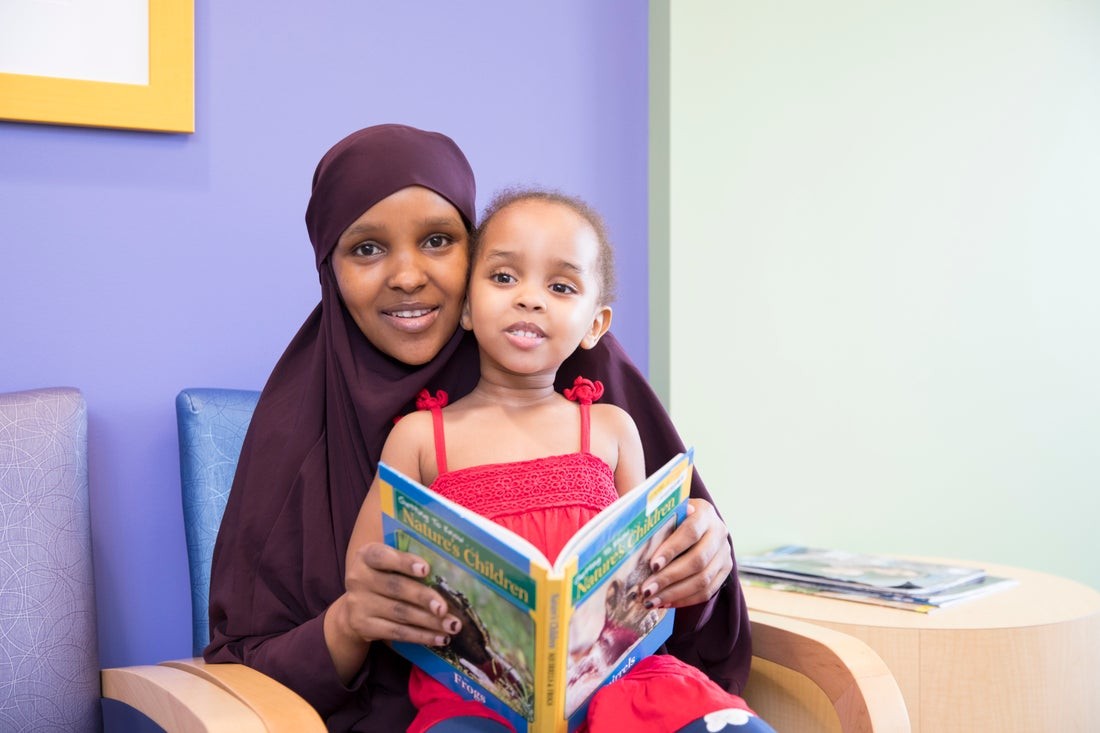Children's Hospital Association: Building Greater Equity in the Health of Children

By Kelly Church
Bridgette Jones knows asthma. Jones, M.D., MSCR, a pediatric allergist and immunologist at Children's Mercy Kansas City, spends her days helping patients manage the condition. One patient with severe, uncontrolled asthma visited her clinic regularly, showing significant weight increases each visit. Jones reviewed his diet to identify the cause of his weight gain.
The common denominator at every meal: fried food. “I told him that’s the issue—all the fried food,” Jones says. “He looked at me and said, ‘Dr. Jones, our stove is broken. The only thing we have is a fryer.’ They couldn’t afford to get their stove fixed. Here I was thinking I had addressed the situation. I had no clue what this family was dealing with.”
Jones’ response is common. Patients present with a myriad of social, economic and environmental factors that influence their health, referred to as the social determinants of health (SDOH). The concept of SDOH gained traction in the early 2000s as the World Health Organization began drawing attention to how social factors reinforced health inequities, especially within the most vulnerable populations.
Today, the COVID-19 pandemic and social justice movements have highlighted inequities and racism that have existed for generations, and children’s hospitals are renewing their focus on delivering more equitable care.
Children’s hospitals’ efforts alone will not result in child health equity. But they have an important role in reducing variation in care based on SDOH and ensuring processes across their health systems are conducive to optimal health for every patient and family.
Increasing accountability
For John Cowden, M.D., M.P.H., health equity integration project leader at Children’s Mercy Kansas City, the events of the last year revealed how variations in health outcomes connect to SDOH.
“Environmental and community factors used to seem like they were outside the work of the hospital,” Cowden says. “But if our organization’s financial health is tied directly to how healthy—not how sick—a patient is through value-based care, we have a moral, mission-based and now financial interest in the well-being of the child. Therefore, we’re interested in things like housing, the environment and job opportunities for parents.”
The list of potential disparities that drive inequitable outcomes is long, but they fall into categories—access to care, socioeconomic status, communication barriers, unconscious bias and racism—all of which are linked to SDOH and can inhibit equitable care for families.
Read the full article via the Children's Hospital Association
Learn more about how Children's Mercy is enhancing the impact of research through greater diversity and inclusion
